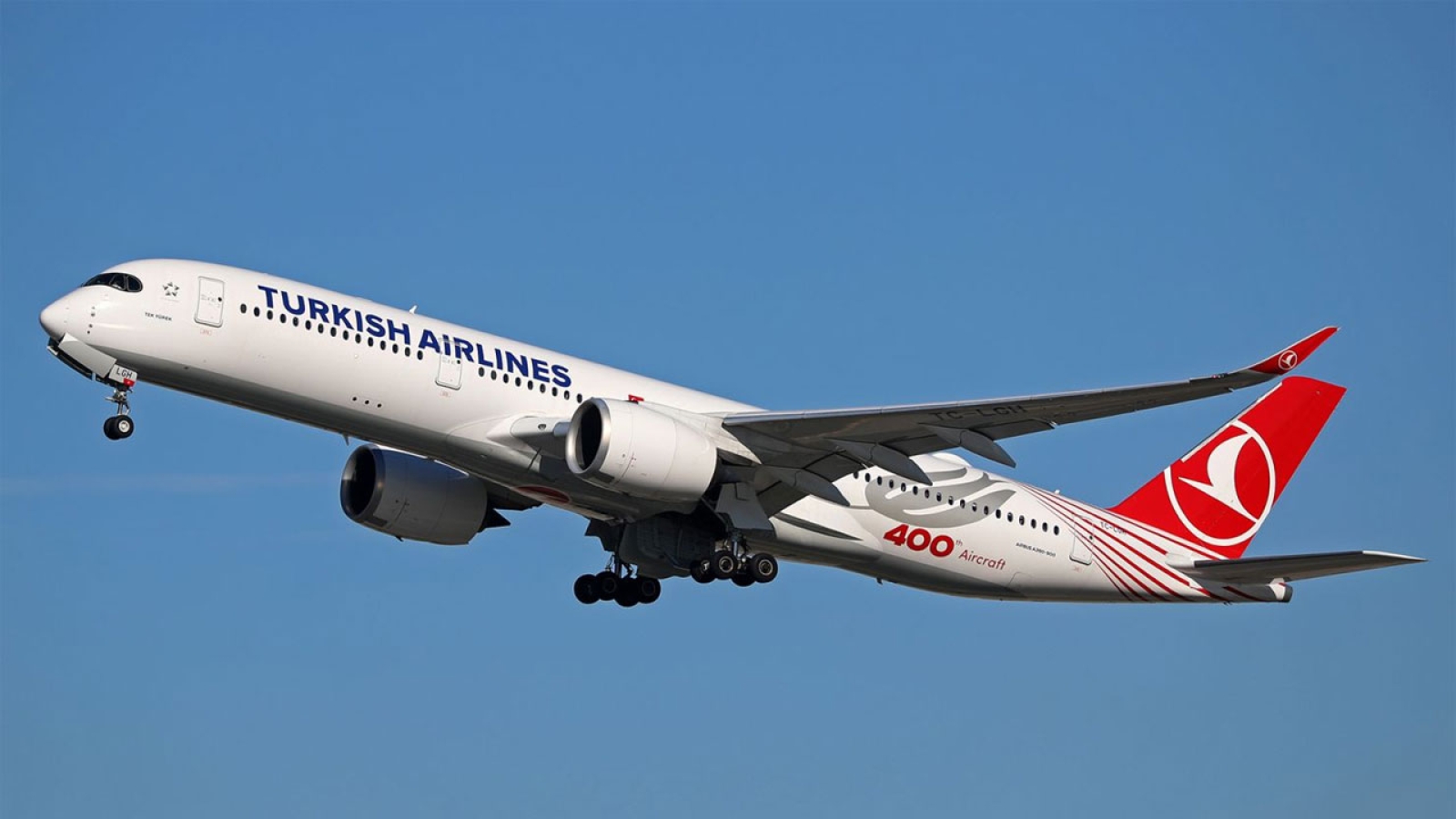Mankind has longed to fly centuries ago, and inspired by nature, he thought of inventing a means of flight. So that in the past, many people were trying to achieve the dream of flying by using designs similar to the wings of birds. Anyway, after many years, the Wright brothers succeeded in inventing an airplane, but how does an airplane fly? Stay with us.
How does the plane take off?
If you know about the laws of physics during high school and high school, you probably have some ideas about flying airplanes. But do you really have the necessary information about flying an airplane and how to control it? Well, before we want to talk about how to fly and control the plane, let’s first review some important rules and principles about controlling the plane.Before talking about how to fly and control the plane, we must first have information about common flight terms:
Push force: It is a force that neutralizes the air resistance force during the start of movement and thrust.
Thrust: It is the same force that directs the plane forward and is opposite to the force of gravity. Propulsion is provided by the motors as you would expect.
Airfoil: An airfoil is a cut on the wings of an airplane that directs the air flow in such a way that the air pressure in the upper and lower parts of the wing is divided proportionally and the pressure on the lower surface of the wing is greater than the upper surface so that the plane moves upwards. slow
Gravitational force: It is the same force that keeps everything in this earth on the surface.
Aircraft engines provide power for forward motion, but do not lift the aircraft off the ground. These are the wings that create the pressure difference necessary for the plane to take off from the ground. With the increase in the power produced by the engines, the air flow quickly collides with the top, and by using the aerodynamic features, the necessary pressure difference is created by the wings for the plane to take off. But how does this happen?
How do wings and pressure difference make an airplane fly?
Wings are the main factor in the upward movement of the plane. But how does this happen? Airplanes usually have an upper curved surface and a smoother lower surface, and the presence of such designs creates aerodynamic features to create the aerodynamic cross-section of the airplane.
Such a cross-section makes the plane move upwards and creates the required pressure difference. For a simpler explanation, suppose that two air molecules hit the wing of an airplane, one moves up and the other moves down, and the necessary pressure difference is created.
If you wish, we suggest you take a look at the article on the best airplanes in Iran.
How is the circular flow of air in the wings?
Have you ever been standing at a train station and a train sped past you? At this time, when the train passes by you, there is a feeling of air suction like a vacuum cleaner that pulls you towards it. The same thing happens in airplanes.An airplane wing creates a whirlwind-like flow by creating a circular and rotating flow of air to direct the air backwards.
How is the flight controlled?
A moving airplane has a similar mechanism to a moving car, but there are certainly significant differences. The movement of the plane is around 3 different axes, which only the pilot has access to and is done by means of levers.Movements around the lever of the plane are similar to the steering wheel of a car, and it is by using this lever that the plane can move to the right or left. Movements around the lever are called rotary movements, when the pilot moves the lever to the left or right, shakes the rear wings and causes the plane to turn to the right or left.
Of course, this rotational motion is not the same as that used to move around on Earth. The aircraft lever also has a vertical movement. The rudders of the plane move to the right and left, backward and forward. The movements that go to the left and right are for moving in the same direction, and the movements that are forward or backward by the rudder are used for flying or landing.
When the pilot pulls the rudder backward, the plane will take off if it has the necessary speed, and when the pilot moves the rudder forward, the plane will decrease in height. The movements of the rudder that are towards the rear or forward lead to the control of the vertical tail of the rear of the aircraft.
Next, take a look at the best Iranian airlines.
How does the plane stay in the air?
Airplanes are only able to climb up to a certain level. At a certain angle during takeoff, after reaching a certain height, the plane stops rising and stays at a certain height. At this time, the air flow around the wings reduces the drag force towards the ground and the plane remains at a constant height.
In simpler words, it should be said that after reaching a certain angle, for example 15 degrees, the air no longer flows smoothly around the wings, and we mostly see an increase in drag force and a further decrease in climbing, until reaching the state It is similar to stability. To move to the left and right, we have already explained that the back blades and the blades on the wings are used.
What is an airplane pressure cabin?
Air pressure drops as it rises above the surface of the earth. This is why climbers at very high altitudes need to use oxygen capsules. For example, Mount Everest is 9 km above sea level

